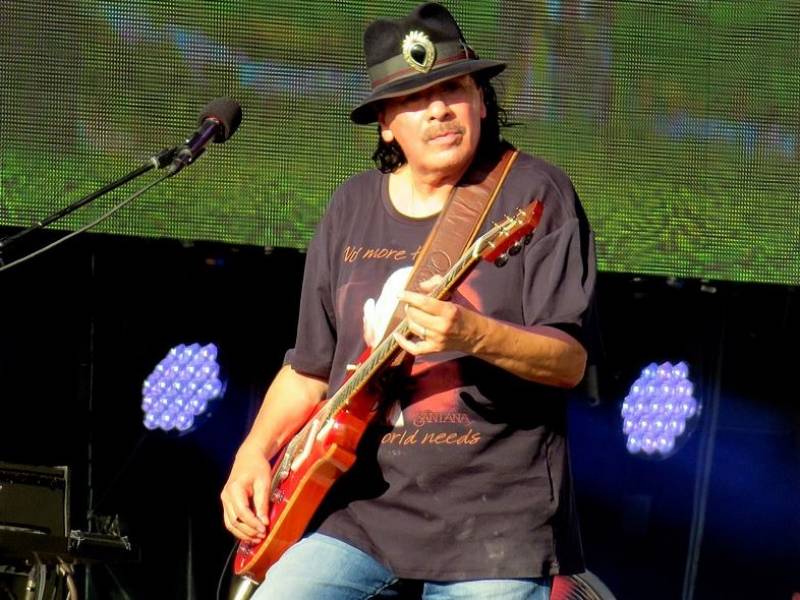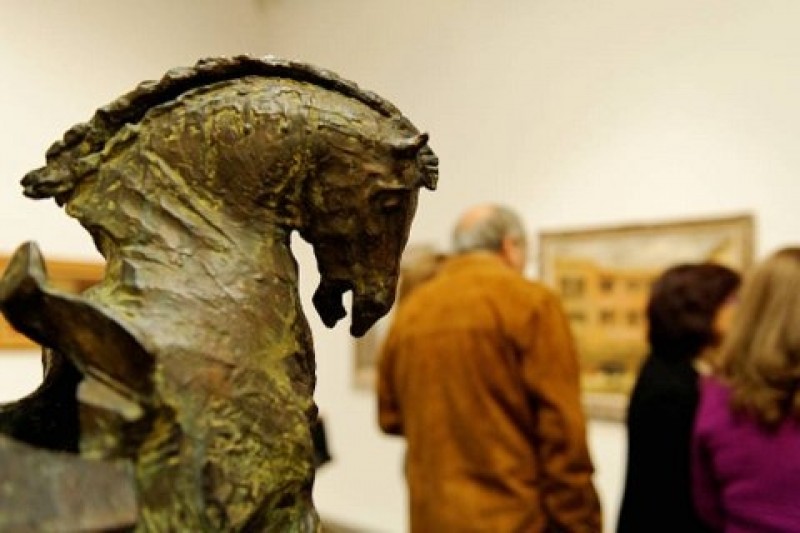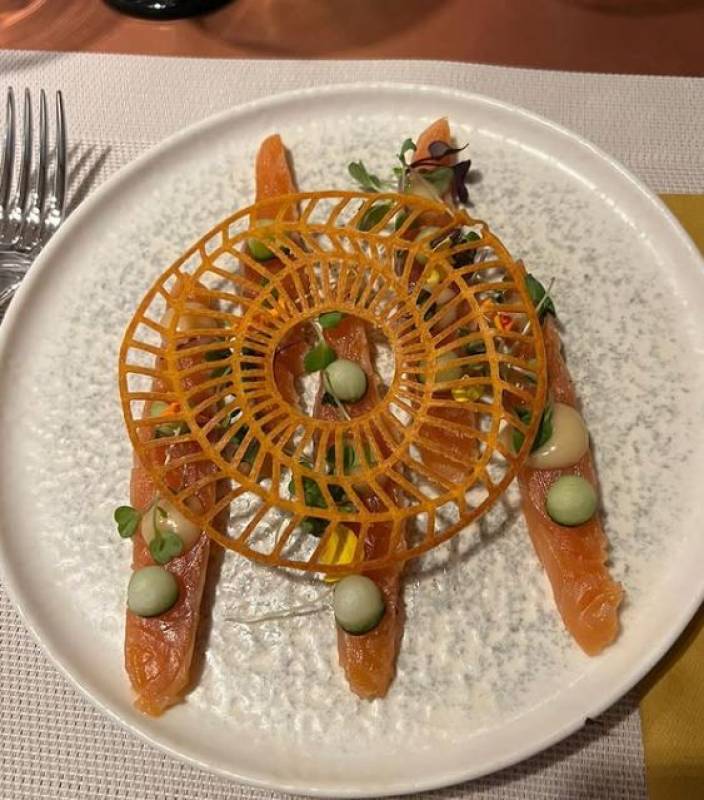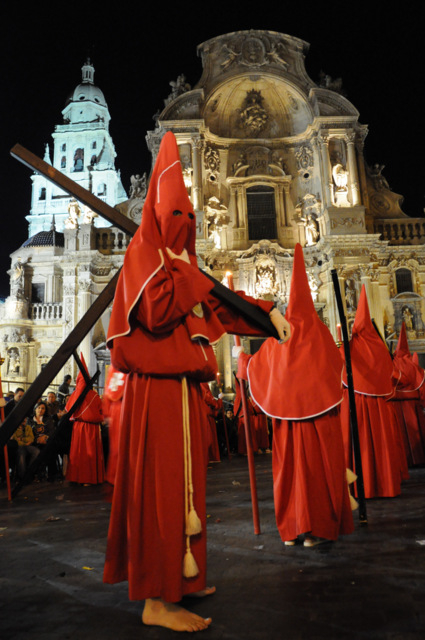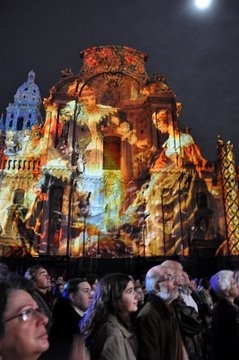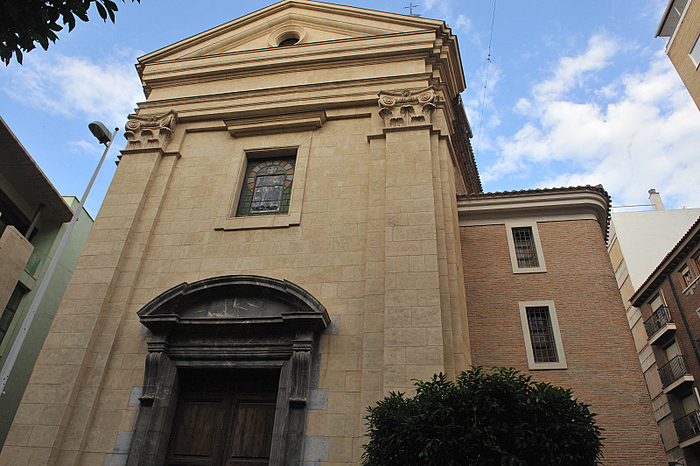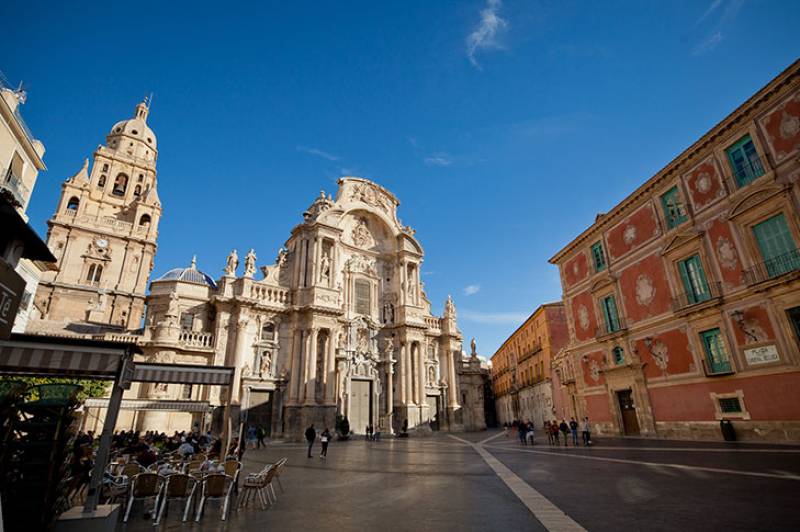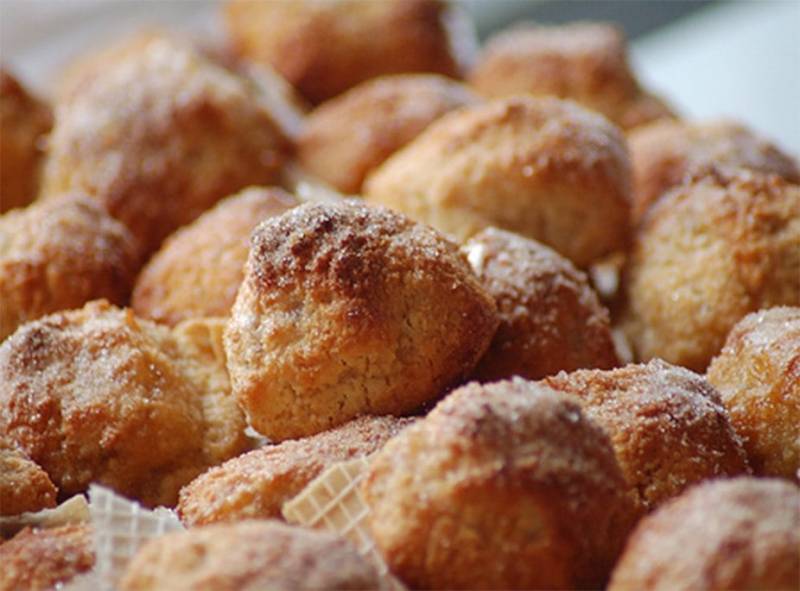- Region
- Águilas
- Alhama de Murcia
- Jumilla
- Lorca
- Los Alcázares
- Mazarrón
- San Javier
-
ALL AREAS & TOWNS
- AREAS
- SOUTH WEST
- MAR MENOR
- MURCIA CITY & CENTRAL
- NORTH & NORTH WEST
- TOWNS
- Abanilla
- Abarán
- Aguilas
- Alamillo
- Alcantarilla
- Aledo
- Alhama de Murcia
- Archena
- Balsicas
- Blanca
- Bolnuevo
- Bullas
- Cañadas del Romero
- Cabo de Palos
- Calasparra
- Camping Bolnuevo
- Campo De Ricote
- Camposol
- Canada De La Lena
- Caravaca de la Cruz
- Cartagena
- Cehegin
- Ceuti
- Cieza
- Condado de Alhama
- Corvera
- Costa Cálida
- Cuevas De Almanzora
- Cuevas de Reyllo
- El Carmoli
- El Mojon
- El Molino (Puerto Lumbreras)
- El Pareton / Cantareros
- El Raso
- El Valle Golf Resort
- Fortuna
- Fuente Alamo
- Hacienda del Alamo Golf Resort
- Hacienda Riquelme Golf Resort
- Isla Plana
- Islas Menores & Mar de Cristal
- Jumilla
- La Azohia
- La Charca
- La Manga Club
- La Manga del Mar Menor
- La Pinilla
- La Puebla
- La Torre
- La Torre Golf Resort
- La Unión
- Las Palas
- Las Ramblas
- Las Ramblas Golf
- Las Torres de Cotillas
- Leiva
- Librilla
- Lo Pagan
- Lo Santiago
- Lorca
- Lorquí
- Los Alcázares
- Los Balcones
- Los Belones
- Los Canovas
- Los Nietos
- Los Perez (Tallante)
- Los Urrutias
- Los Ventorrillos
- Mar De Cristal
- Mar Menor
- Mar Menor Golf Resort
- Mazarrón
- Mazarrón Country Club
- Molina de Segura
- Moratalla
- Mula
- Murcia City
- Murcia Property
- Pareton
- Peraleja Golf Resort
- Perin
- Pilar de la Horadada
- Pinar de Campoverde
- Pinoso
- Playa Honda
- Playa Honda / Playa Paraíso
- Pliego
- Portmán
- Pozo Estrecho
- Puerto de Mazarrón
- Puerto Lumbreras
- Puntas De Calnegre
- Region of Murcia
- Ricote
- Roda Golf Resort
- Roldan
- Roldan and Lo Ferro
- San Javier
- San Pedro del Pinatar
- Santiago de la Ribera
- Sierra Espuña
- Sucina
- Tallante
- Terrazas de la Torre Golf Resort
- Torre Pacheco
- Totana
- What's On Weekly Bulletin
- Yecla


- EDITIONS:
 Spanish News Today
Spanish News Today
 Alicante Today
Alicante Today
 Andalucia Today
Andalucia Today
article_detail
Don Juan Manuel
Don Juan Manuel ( May 5th 1282 to 13th June 1348)
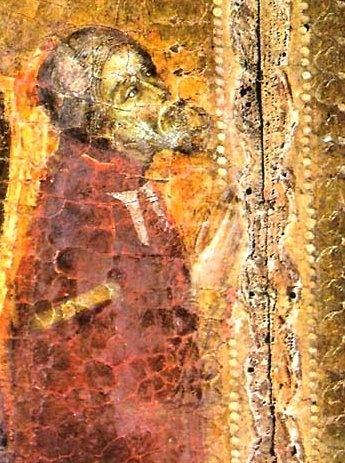 Don Juan Manuel was one of the most important, rich and influential nobleman in Mediaeval Spain, nephew of King Alfonso X, El Sabio, and an ambitious man who spent his life increasing his wealth and influence, and consolidating his status and power.
Don Juan Manuel was one of the most important, rich and influential nobleman in Mediaeval Spain, nephew of King Alfonso X, El Sabio, and an ambitious man who spent his life increasing his wealth and influence, and consolidating his status and power.
He was born and grew up in the castle of Escalona (in the province of Toledo) on 5th May 1282, son of the Infante Juan Manuel of Villena, (brother of King Fernando III) and Beatrice of Savoy, a nephew of King Alfonso X , grandson of Fernando III, King of Castile, and cousin of Sancho IV of Castile, who succeeded Alfonso X.
When his father died father he inherited not only his emblematic sword, “Lobera”, but also the prestigious title of Lord of Villena,(Señoría of Villena) which made him both a prince and a duke, and when his mother died in 1292 he also became Duke of Peñafiel.
Although at the time it was considered an inappropriate pursuit for a nobleman of his standing, he was a prolific author, writing 13 books during his lifetime, eight of which survive today.
The only image known to portray Don Juan Manuel, show him with a highly prominent jawbone
As well as coming from such a noble family background he was also an important landowner and the lord of many vassals, and as such it was inevitable that from an early age he should find himself involved in the turbulent struggles which characterized Mediaeval Spain, both before and after the death of Alfonso X in 1284, civil war over the succession dividing the nobility.
These conflicts lasted throughout the reigns of Sancho IV, Fernando IV and Alfonso XI, and Don Juan Manuel was part of the events which determined the course of history in the Christian kingdoms of Castile and Aragón-Valencia, as well as the Moorish kingdom of Granada.
His father died in 1284, when Juan Manuel was just 2 years old at which point he inherited the title of Adelantado Mayor (akin to a chief governor) of the Kingdom of Murcia, and following his mother’s death in 1290, still only aged 8, and inheriting the Dukedom of Peñafiel, he was taken into the tutelage of his cousin, Sancho IV, King of Castile.
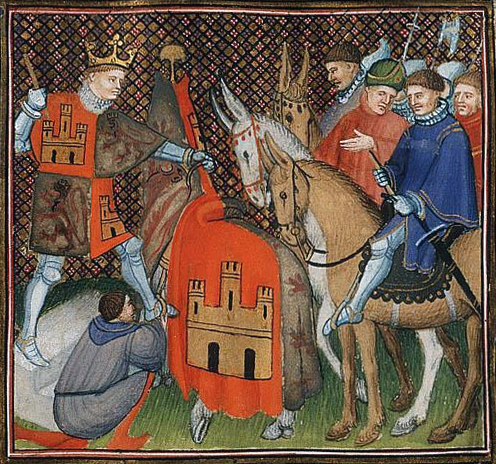 Sancho himself was embroiled in civil war, being the second son of the former King Alfonso X. Alfonso's first son, Fernando de la Cerda, had died in battle, and Alfonso had wanted to leave the crown to the oldest of his two sons, the young prince Alfonso de la Cerda. Sancho, however, claimed that as the second son of Alfonso X, that he should inherit the crown, and as Alfonso himself had quarrelled with many of his nobles, Sancho began a civil war against his father for the crown, inheriting when Alfonso died, in spite of the will Alfonso left, leaving the crown to his grandsons.
Sancho himself was embroiled in civil war, being the second son of the former King Alfonso X. Alfonso's first son, Fernando de la Cerda, had died in battle, and Alfonso had wanted to leave the crown to the oldest of his two sons, the young prince Alfonso de la Cerda. Sancho, however, claimed that as the second son of Alfonso X, that he should inherit the crown, and as Alfonso himself had quarrelled with many of his nobles, Sancho began a civil war against his father for the crown, inheriting when Alfonso died, in spite of the will Alfonso left, leaving the crown to his grandsons.
This civil war raged throughout the reign of Sancho IV, and that of his son, Ferdinand IV, who inherited the throne at the age of 10. When he died after a reign of just 7 years, he left a year old son as his heir, the child who went on to become Alfonso XI of Castile.
This time of regency and power struggle was a time of conflict, and the young Juan Manuel learnt the arts of war from an early age, sent to Murcia to fight against the Moors at the age of just 12.
He was a politician and a battler, and was always on the lookout for opportunities to consolidate his political situation and keep possession of his land: he married three times with the aim of forging alliances which would allow him to reinforce his position.
The first of these marriages took place in 1299, when he took Isabel, Infanta de Mallorca as his wife. However, she died just two years later, and in 1303 Juan Manuel asked Jaime II of Aragón for the hand of his daughter Constanza in marriage: this was despite the fact that she was just a young girl, and the wedding had to be postponed until 1311.
As the Adelantado Mayor of the Kingdom of Murcia, Don Juan Manuel favoured his own family members and direct vassals when appointing men to high political posts, making them lords and thus controlling local institutions.
This reflected his position of absolute power in the Kingdom of Murcia, a status he was able to achieve thanks to the weakness of the monarchy whilst Alfonso XI was a minor.
In Murcia this situation led to power struggles among the most influential groups and families who governed under Don Juan Manuel, Don Juan ensuring that those who supported him received power, concessions and favours.
In territorial terms the Kingdom of Murcia received not only the dominion of Villena but also the Villa of Molina in 1312, and also went on to buy Cartagena in 1313.
Conflict with Alfonso XI
Thanks to his noble position and the wealth afforded to him by his possessions, Don Juan Manuel held the positions of Adelantado in Murcia and Co-regent in Castile, the latter being a title he held while Alfonso XI was under age, and for which he had his own seal made, as well as minting his own currency.
In 1321, though, Alfonso XI came of age, and determined to take control of his own kingdom from those who had held power whilst he was a minor.
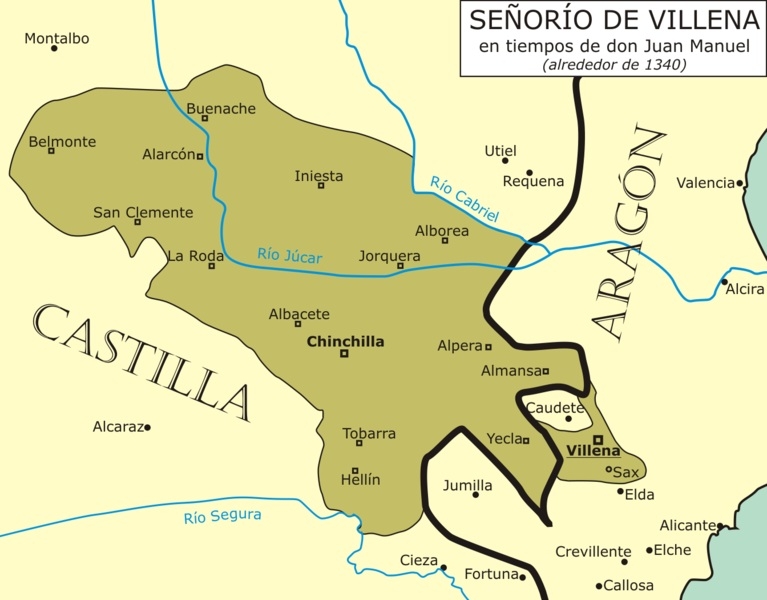 He forced Don Juan Manuel to relinquish his regency, a situation which it was hard for the proud and power hungry Don Juan Manuel to relinquish, and in a state of frustration and humiliation he attempted to restore his alliance with the crown by offering the King the hand of his daughter Constanza in marriage. Alfonso initially accepted the offer.
He forced Don Juan Manuel to relinquish his regency, a situation which it was hard for the proud and power hungry Don Juan Manuel to relinquish, and in a state of frustration and humiliation he attempted to restore his alliance with the crown by offering the King the hand of his daughter Constanza in marriage. Alfonso initially accepted the offer.
However, not long before he was due to marry Constanza, Alfonso changed his mind and married María of Portugal.
Don Juan Manuel was furious and declared war on Alfonso, calling for support from the Moors in Granada. This led to years of bitter conflict before the two sides finally made peace.
In 1334 he refused to help Alfonso by supplying troops for the siege of Gibraltar, and this led to a state of hostility which lasted throughout the writing of Don Juan Manuel’s most important work, “El Conde de Lucanor”.
By 1340 he was once again on good terms with the king, and he took part in the Battle of Salado as well as the successful siege of Algeciras three years later.
In 1348 he arranged for his son Don Fernando to marry one of the daughters of Ramón Berenguer, and his grandson was to become King Juan I of Castile.
Later in the same year he marched to Córdoba to assist Alfonso XI in the attack on Gibraltar, but fell victim to the Black Death and died on 13th June, aged 66. He was buried in Peñafiel, in the province of Valladolid.
The map shows the Señoría of Villena at the time of Don Juan manuel in 1340, showing clearly the boundaries between Castile and Aragón.
Map credits: Señorío de Villena en época de don Juan Manuel, alrededor de 1340}} |Source=Elaboración propia a partir de diferentes gráficos y descripciones, sobre el Mapa Oficial de Carreteras del Esta
Images
article_detail
Contact Murcia Today: Editorial 000 000 000 /
Office 000 000 000

